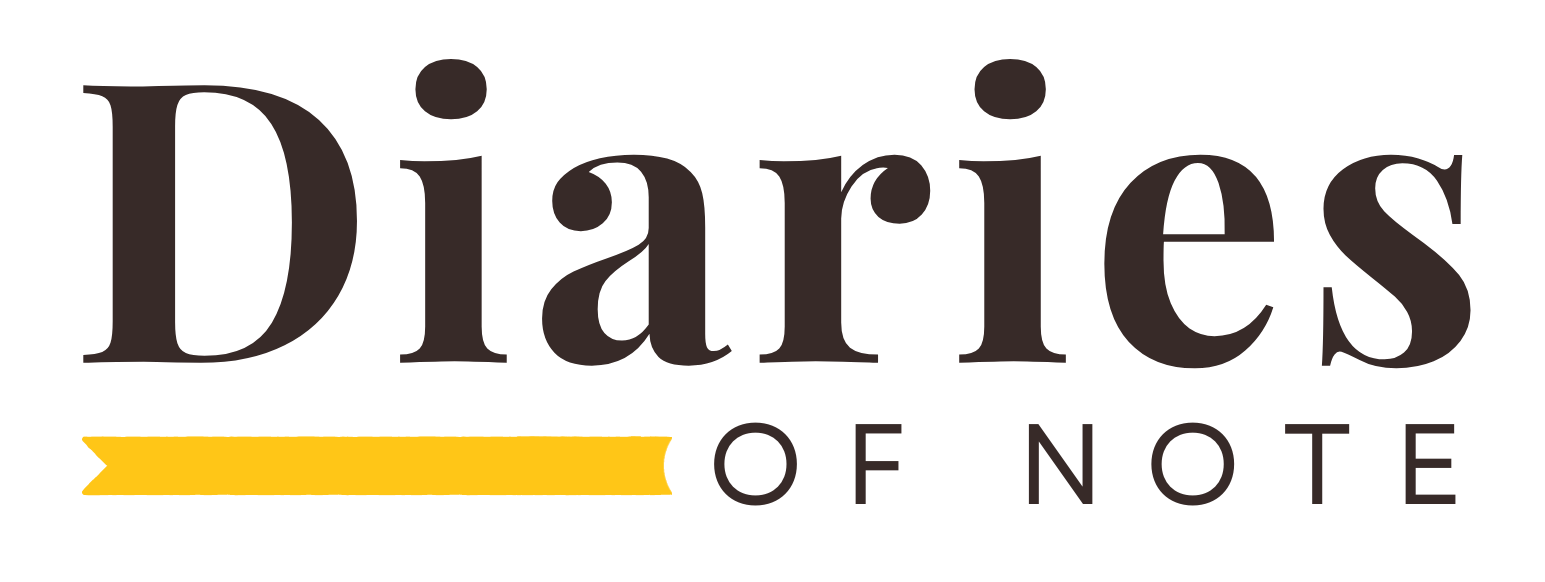
Photo: United Artists/courtesy Everett Collection
In March of 1976, Eleanor Coppola and her family waved goodbye to their home in California and headed for the Philippines, the filming location for her husband’s next film, Apocalypse Now. As the lush landscape of the Southeast Asian archipelago sprawled out before them, little did Eleanor know that the upcoming shoot, originally slated for a mere six weeks, would transform into a gruelling 16-month ordeal thanks to a series of problems that ranged from devastating typhoons to debilitating health crises. With her camera, Eleanor began to document the chaotic production and its many challenges; in her diary, she painted a vivid picture of life amidst such a whirlwind, and the profound personal and creative transformations that ensued.
The Diary Entry
August 23, Pagsanjan
This morning we got up early. I was really tired. I stood at the sink running the cold water on my hand, waiting for it to get warm to wash my face. I stood there a long time before I remembered that there is no hot water. Francis had to be on the set at 7:00 A.M. and it is a fair drive from the house. He was doing a rehearsal with all the actors at the table of the French plantation. Gio and Roman are in the scene, too, so they had to go at the same time. We hadn’t eaten breakfast, but we got in the car and I brought some hard-boiled eggs and some tangerines. Roman was leaning on me, putting on his shoes as we drove, and I realized he hadn’t brushed his teeth or combed his hair.
I am the mother of these children, the wife of the director of this multimillion-dollar production, and I hadn’t given a thought to my family this morning. I had only been thinking about reloading my still camera with some fast film to photograph the interior of the set before the people and lighting equipment were in the way. Riding along in the car I began going through my wife/mother versus artist argument in my head for about the five hundredth time. Both sides have this perfectly reasonable position; neither gives in.
Over the years, Francis has continually been frustrated with me. I have a closet full of equipment at home. He bought me an animation stand when I was making little animated films, a jigsaw when I was making plastic sculpture. I have a sewing machine from my fabric collage period, an airbrush I used for a series of drawings, a Nikon for still photography. I go through each phase arguing with myself the whole way. Saying, “Why am I doing this? I should be focusing on the children and Francis, they are more important than my projects.” Yet, I am always compelled by my current interest, wanting to explore it but never getting it to blend comfortably with my family.
When we got to the set I could see that Francis was irritated; there were already people pounding nails and fussing around. He likes to get there before anybody and have that moment of complete stillness to think about the staging before all the other considerations creep in. He asked everyone to leave the room, but that wasn’t the same as coming to a perfectly empty, silent set. It makes him feel like he is appearing to be the temperamental director, chasing them out.
I took some shots downstairs and then, as the actors arrived and the rehearsal began, I went upstairs to see if the bedroom was dressed yet. Bob was working on it, just placing the last few things.
I told him the rooms were a work of art. He said, “Thank you,” almost before I finished, as if he meant, “Well, of course.” He told me about this odd forties dresser he had found by the side of the road and how he had had it painted with scenes from French fairy tales on the cream-colored background. He said that he had really wanted to cover the dresser with leather and trim it with brass but he knew that Francis would get mad if he spent the money to do it.
He was placing some old photos on the bedside table that were supposed to be the actress’s relatives. He told me that they were actually photos of his mother and grandmother, and some of the photos of children were he and his brother. The photo stuck in the mirror of the dresser was of his aunt, and downstairs, over the piano, was his mother and father’s wedding picture. His life and his art were all mixed together. Why am I always struggling to get them to blend? Francis gets them together, too. He is downstairs right now rehearsing a scene in which Roman plays a child at the dinner table asked to recite a poem by his father. That is right from our own dining room. Francis has asked Roman to recite that French poem at our table, dozens of times.
Further Reading
The diary kept by Eleanor Coppola during production of Apocalypse Now was published by Simon & Schuster in 1979, titled, Notes on the Making of Apocalypse Now by Eleanor Coppola. If you have any interest in film, or diaries, you will no doubt enjoy it. But its appeal stretches even further thanks to Coppola’s honesty about the very human struggles she faced in the midst of this hellish project. I’d recommend it to all.
Also…
- Coppola’s diary, and the footage she shot behind the scenes, was later used in the excellent documentary, Hearts of Darkness: A Filmmaker’s Apocalypse, which she also narrates (Trailer)
- Brief footage of Coppola reading an entry from her diary
- Eleanor Coppola at Wikipedia
Diary entry excerpted from Notes on the Making of Apocalypse Now. Copyright © 1979 by Eleanor Coppola. Reprinted by permission of Georges Borchardt, Inc., on behalf of the author. All rights reserved.

Leave a Reply